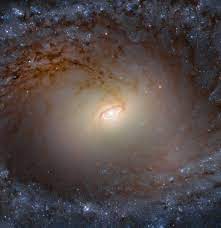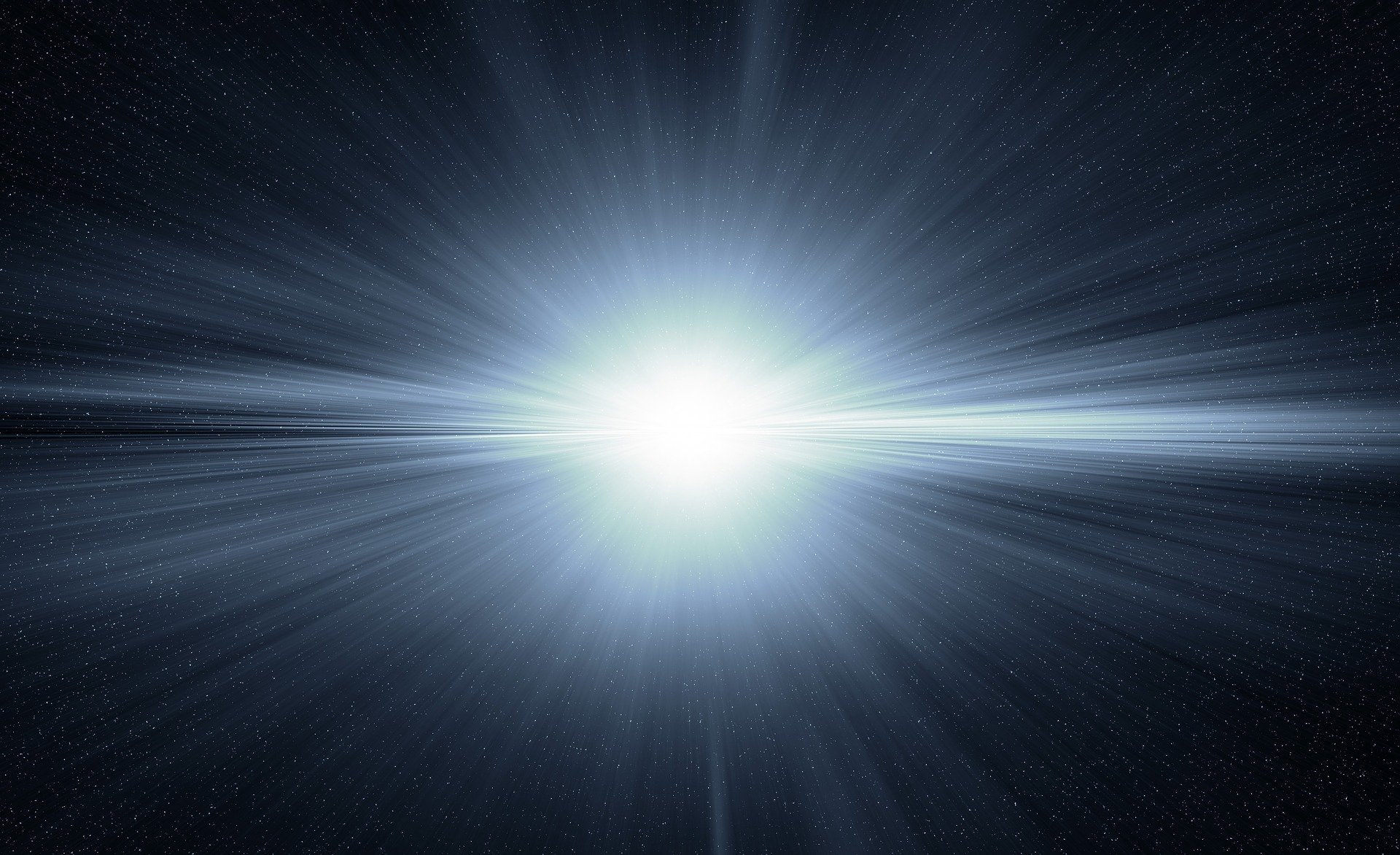Supercomputer simulation ready to explain Bulges in Milky Way’s bar

A new simulation run on the world’s most powerful astronomy supercomputer has produced a testable scenario to explain the appearance of the Milky Way’s bar. The comparison of this scenario to data from current and future space telescopes will assist in the understanding of the evolution of our home galaxy.
Galactic bulges
An area of tightly packed stars within a larger star formation is known as a galactic bulge. The central cluster of stars observed in the majority of spiral galaxies is almost always referred to by the word.
The core, football-shaped structure of a galaxy’s bulge is made up of stars, gas, and dust. The galaxy’s dark material is made up of gas and dust that the bar is directing toward the galaxy’s center. Young star clusters are discovered in the blue regions.
The Milky Way Galaxy, the galaxy in which we are located, is a barred spiral galaxy with at least 100 billion stars in it. It is approximately 1000 light years thick and 100,000 light years broad. It has a central bulge with a diameter of around 10,000 light years.
We know that Milky Way has two- or four-armed spirals as well as a straight bar connecting the spirals in the middle. Now, we also know that the inner part of the bar has a “nuclear bulge,” which is disk-shaped and situated in the center of the Milky Way Galaxy, as well as “peanut-shaped bulges,” or areas where the bar is thicker and sticks out above and below the mid plane of the galaxy. Other galaxies display some of the same two-type bulges, but not all of them.
Astronomers use supercomputer simulation to explain Bulges in Milky Way bar
To find out how the two-type bulges formed, astronomers asked the question, “How did the two-type bulges form?” A team led by Junichi Baba at the National Astronomical Observatory of Japan (NAOJ), the world’s most potent supercomputer dedicated to astronomy, simulated one potential scenario for a Milky-Way-like galaxy. The simulation produced by the group includes both the gas and the galaxy’s stars, making it the most comprehensive and precise to date. It also takes into account the death of stars through supernovae and the creation of new stars from the gas.
The formation of a bar allows the flow of gas into the galaxy’s center, where it triggers the creation of new stars. Therefore, it may be reasonable to assume that the galaxy’s nuclear bugle is made of newly formed stars. But because the bar is so good at directing gas towards the center, simulations show that there are hardly any new stars in the bar outside the nuclear bulge. This shows that a peanut-shaped bulge in the bar does not form as a consequence of bingeing on gas. The team instead finds that some of the stars can be pushed into orbits that carry them above and below the mid plane by gravitational interactions.
Overeating is not the source of the peanut-shaped bulge
The simulation’s capability to create a testable scenario is its most exciting feature. All of the stars in the peanut-shaped bulge must have formed before the bar because it doesn’t pick up any new stars. The bar also directs gas into the center, where it forms a large number of young stars. The nuclear bulge’s stars will therefore have given birth almost exclusively after the bar formed. This suggests that there will be a considerable age gap between the stars in the nuclear bulge and the stars in the peanut-shaped bulge. The moment of this break is when the bar first emerged.
Astronomers say they will be able to determine the motions and ages of the stars and test this theory using data from the European Space Agency’s Gaia probe and Japan’s forthcoming JASMINE satellite, which they have aimed to launch in 2028. They will be able to figure out the age of the Milky Way Galaxy’s bar if they can distinguish between the ages of the stars in peanut-shaped and nuclear bulges. This will show that overeating is not the source of the peanut-shaped bulge.
This simulation is the most accurate to date to establish a testable scenario for the formation of Milky Way’s bulge, according to astronomers. It is also an illustration of what kind of power a supercomputer can provide for astrophysics and astronomers everywhere.
Auto Amazon Links: No products found.


